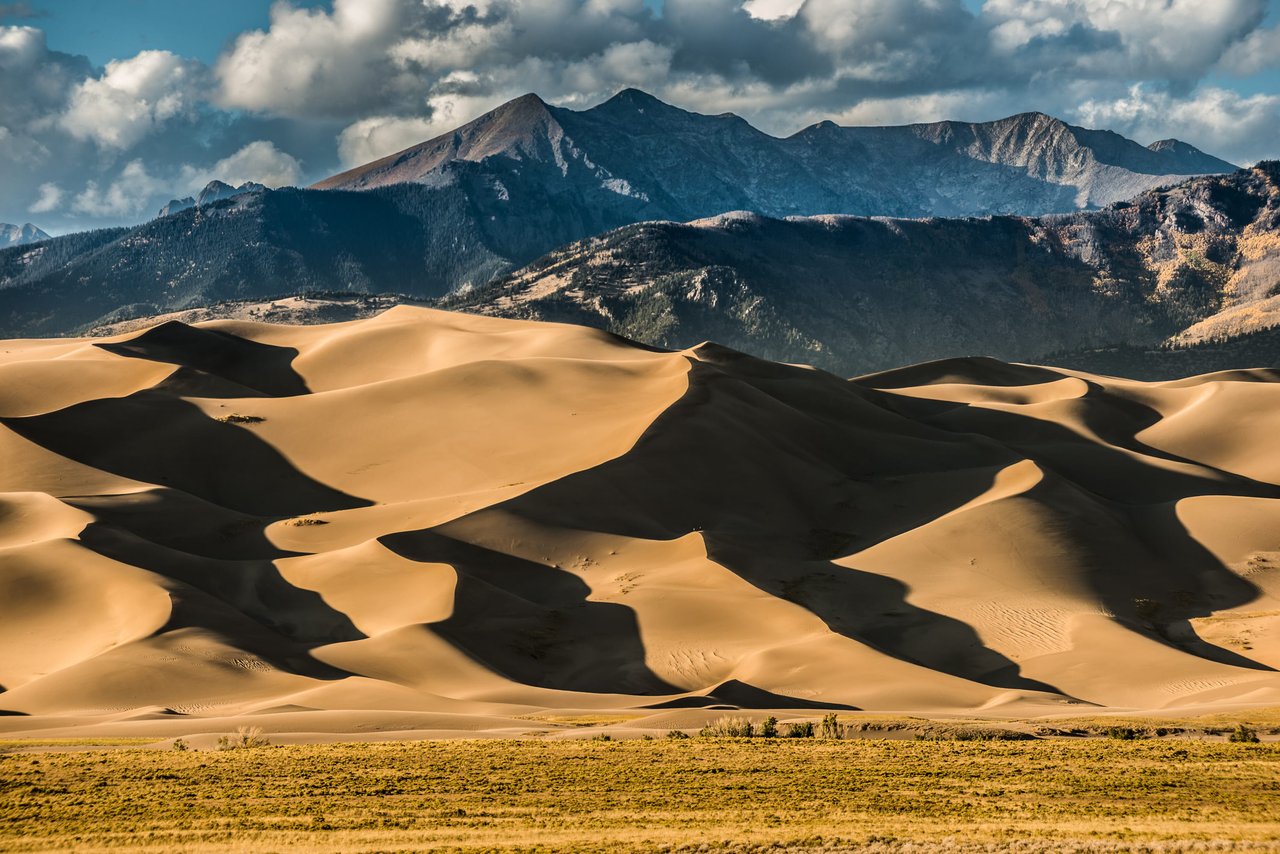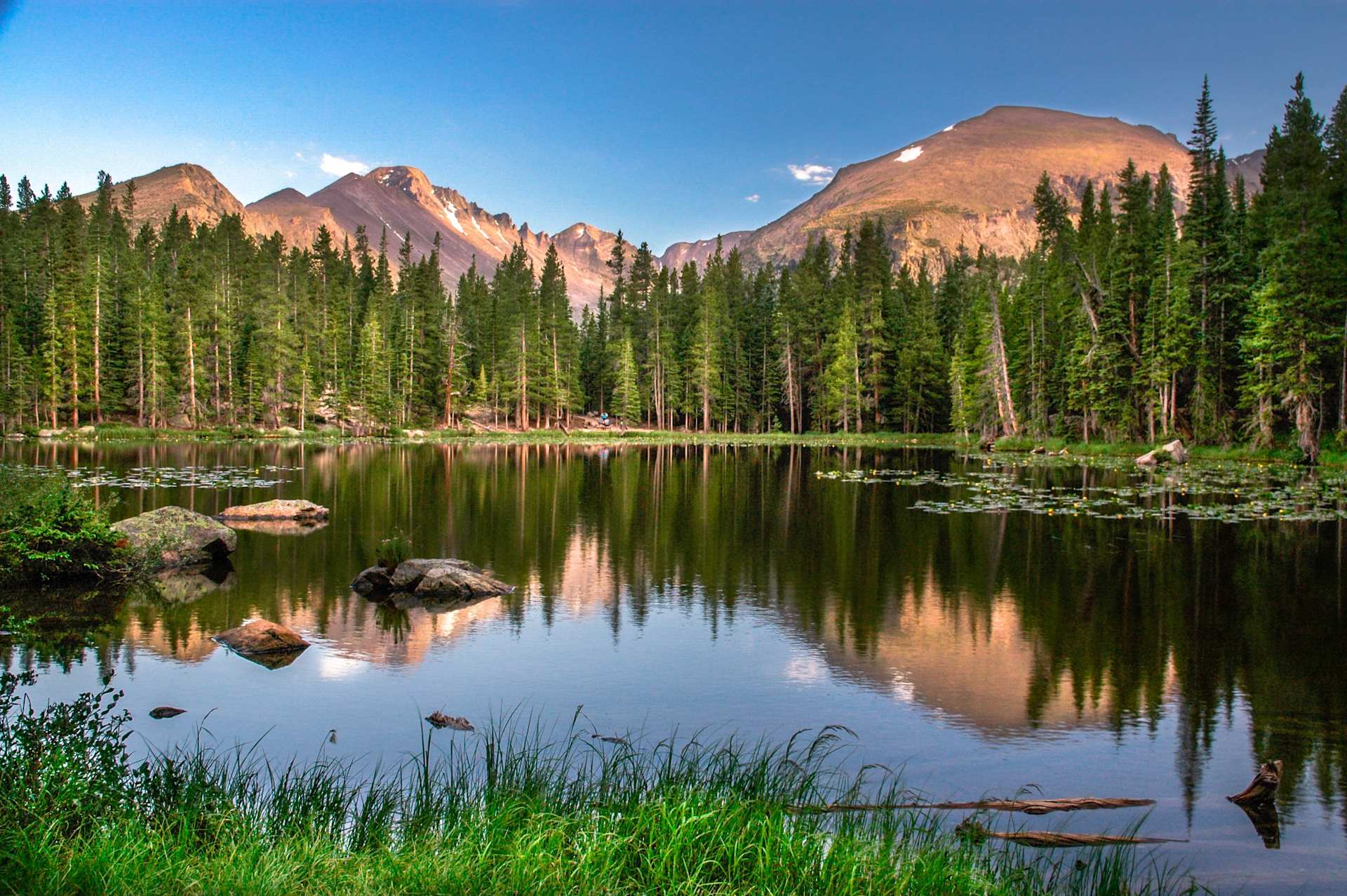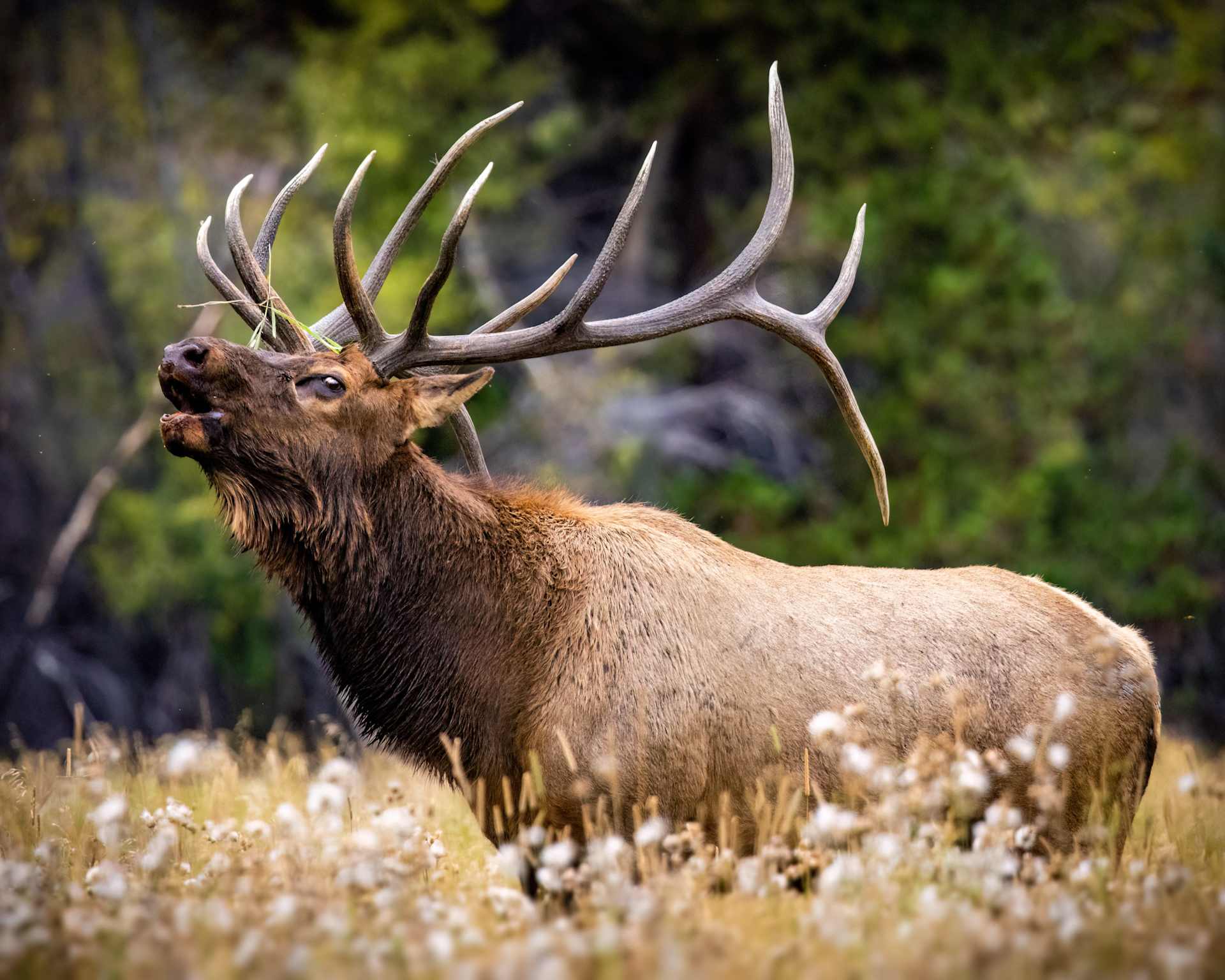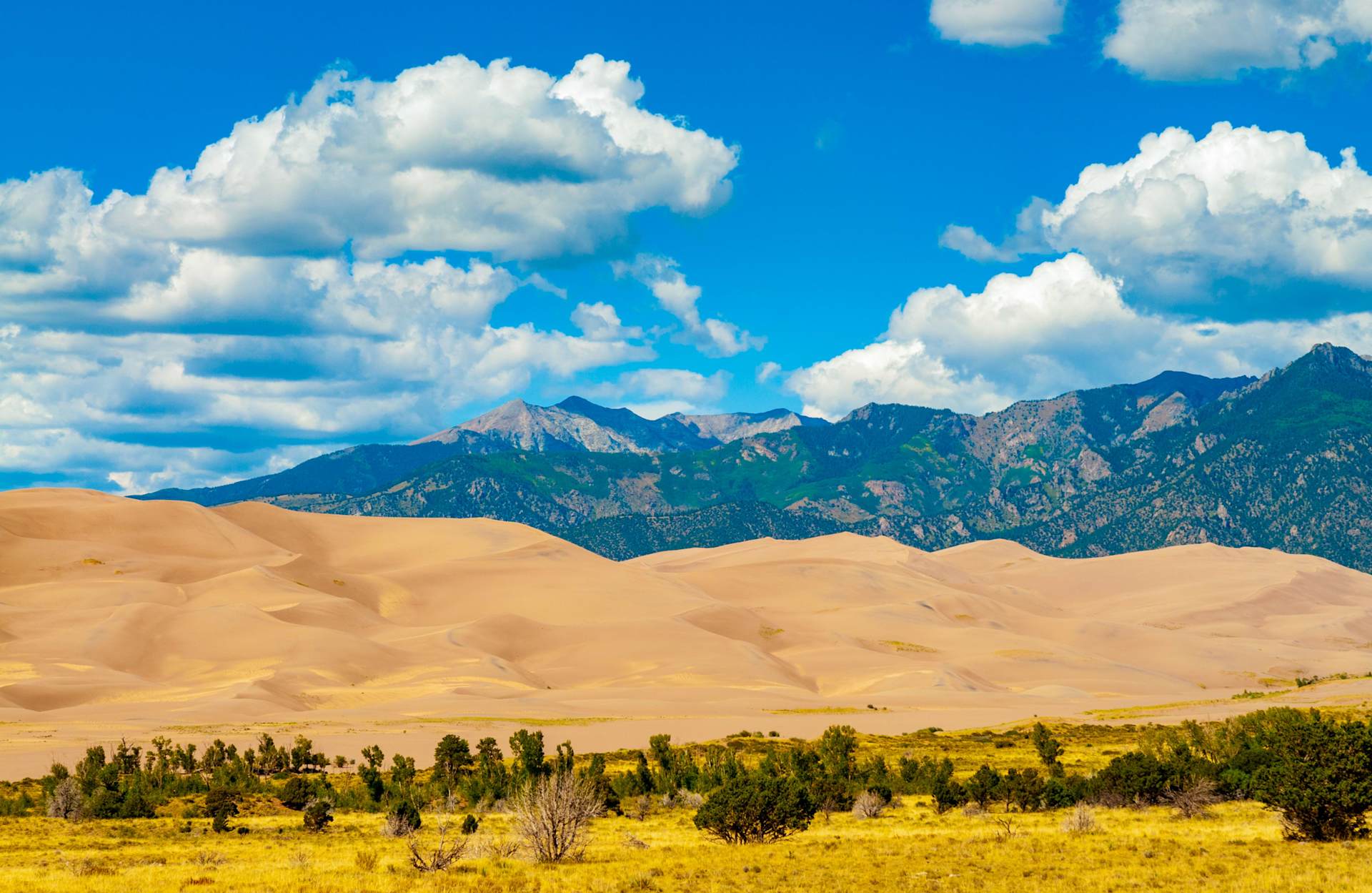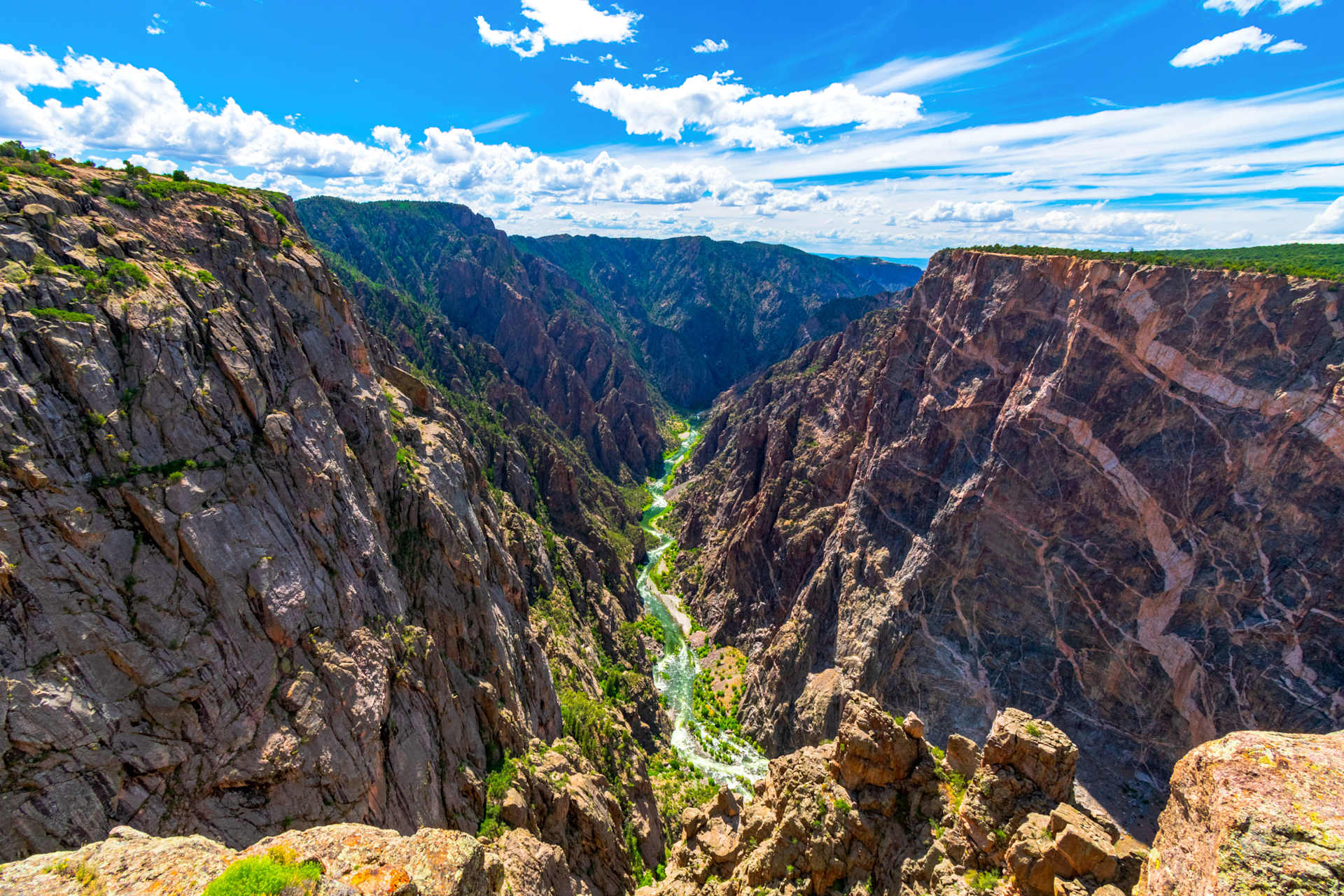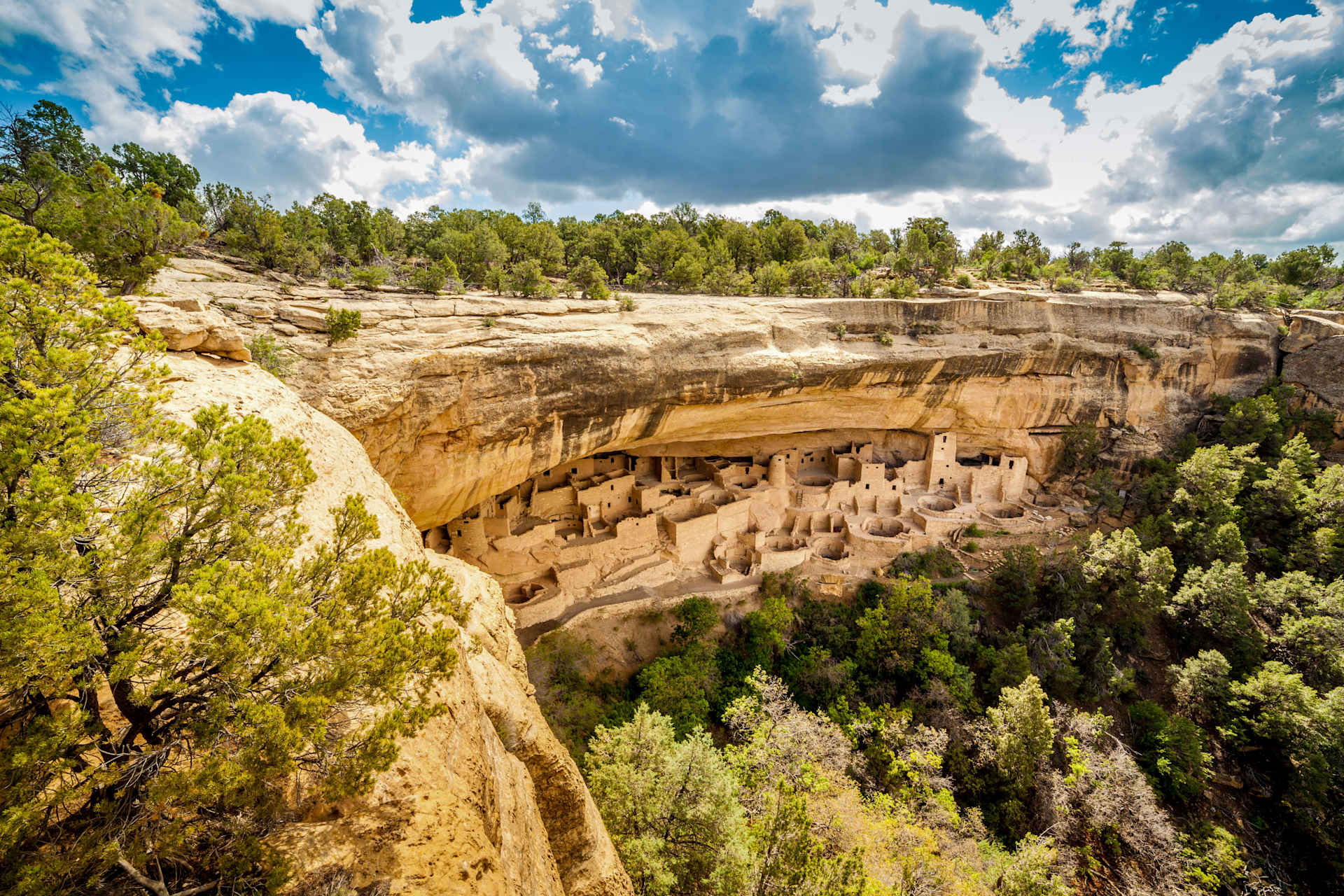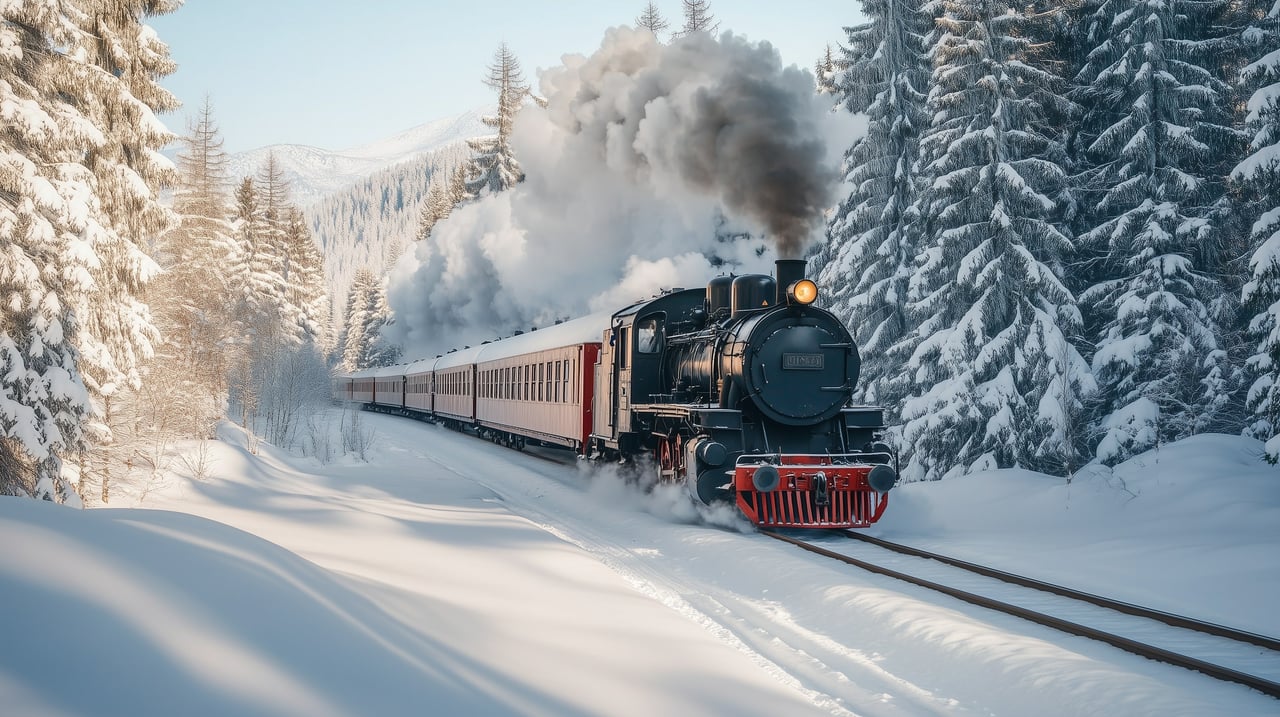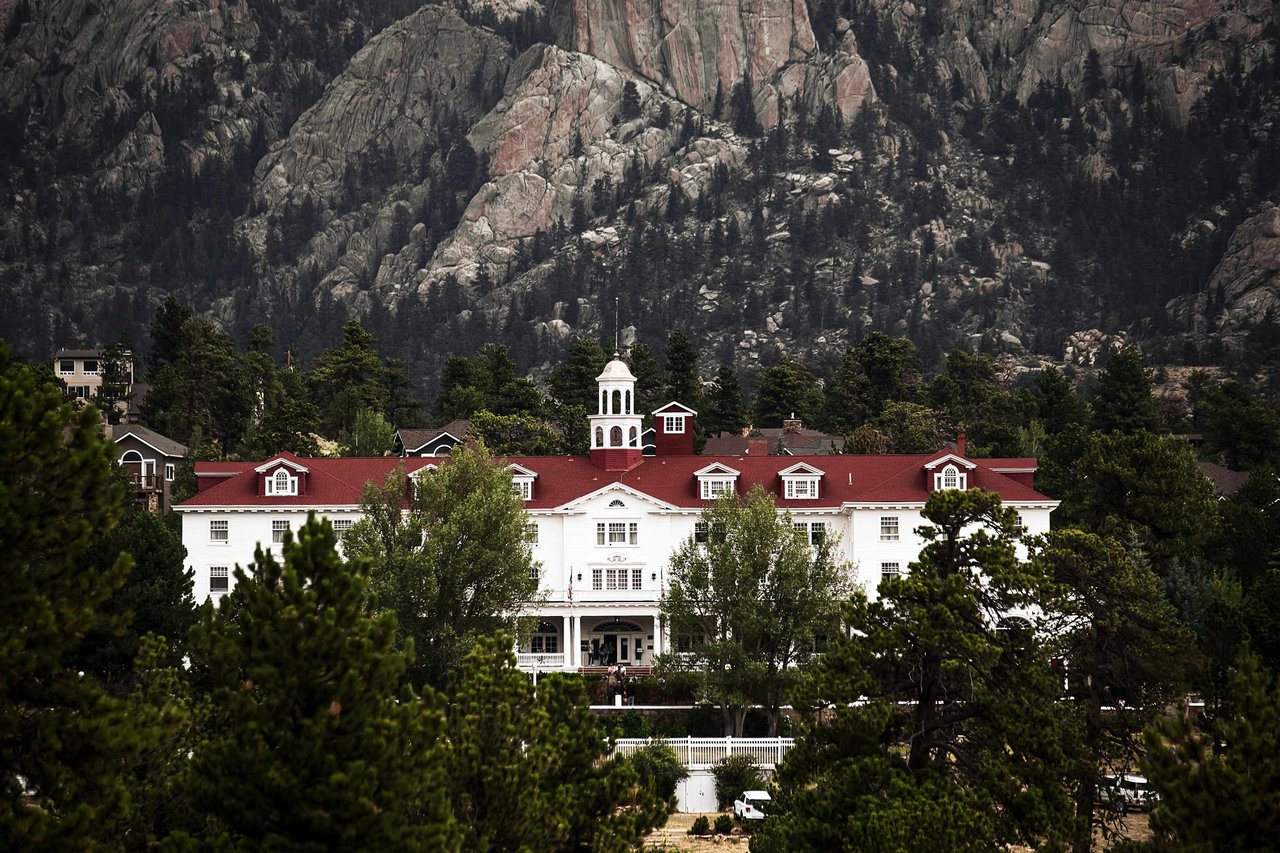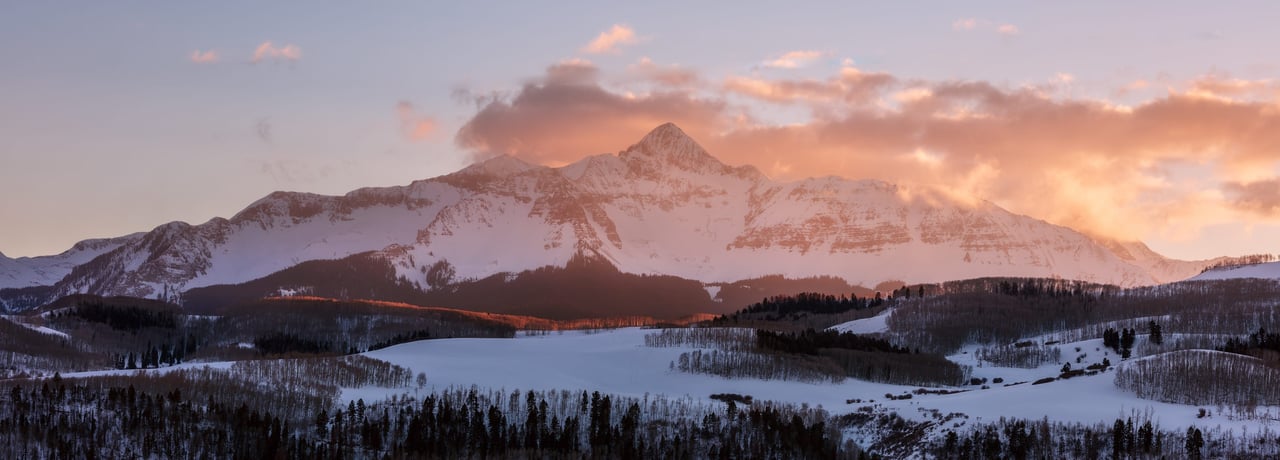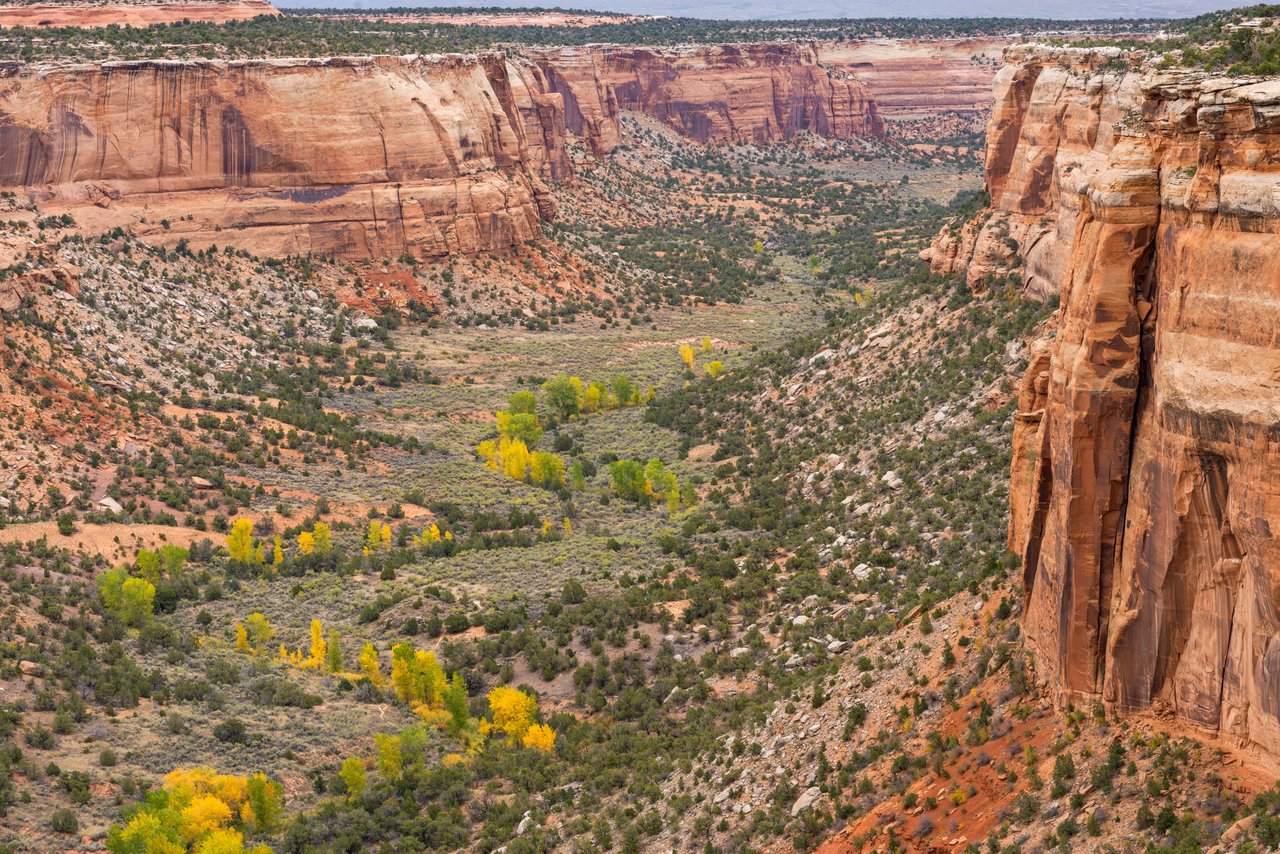Thoroughly exploring the State of Colorado is not complete without visiting Colorado’s most treasured gems, the magnificent National Parks. Each park offers a rich tapestry of history, astounding sights, and unique features that set them apart from other local destinations. Whether you're a seasoned explorer or a newcomer to the Centennial State, Colorado's National Parks promise experiences that will leave you in awe. In this blog, we’ll delve into the wonders of Rocky Mountain National Park, Great Sand Dunes National Park and Preserve, Black Canyon of the Gunnison, and Mesa Verde National Park.
What is a National Park?
A national park is an area set aside by a national government to preserve the natural environment. What sets national parks apart from other designations is their level of protection, preservation, and potential for recreational use. National parks are created through an act of Congress, signifying their exceptional significance and national importance. These areas aim to conserve their natural, cultural, and scenic resources for the enjoyment of future generations. They typically offer a broader range of recreational opportunities and facilities compared to national monuments and recreational areas. Meanwhile, national monuments are often established through presidential proclamations to protect specific cultural, historical, or scientific features, while recreational areas focus on providing outdoor activities and public enjoyment.
Monuments, Heritage Sites, and Recreational Areas Oh my!
Beyond the national parks, Colorado boasts a wealth of other protected areas that showcase the state's rich natural and cultural heritage. From the geological wonders of the Colorado National Monument to the historical significance of the Bent's Old Fort National Historic Site, each designated area holds its unique story and allure. Whether it's the tranquility of the Florissant Fossil Beds National Monument or the adventurous spirit of the Browns Canyon National Monument, each site adds a new layer to Colorado's narrative. While Colorado boasts nine national monuments and many more heritage sites and recreational areas, in this post, we’ll be exploring the state’s four national parks.
Colorado's National Parks
Rocky Mountain National Park
With its jagged peaks, alpine meadows, and pristine lakes, Rocky Mountain National Park reigns as one of Colorado's crown jewels. Each year, it draws over 4 million visitors who come to experience its awe-inspiring beauty and unparalleled hiking opportunities. This cherished park plays a vital role in the state's identity, as it represents the essence of the Rocky Mountain region. Its proximity to the Denver metro area makes it a convenient escape for city dwellers seeking respite amidst nature's grandeur. The park's towering peaks, like Longs Peak and the Continental Divide, beckon mountaineers and hikers alike, while its diverse flora and fauna add to the allure of this high-altitude paradise.
History & Unique Facts: Established in 1915, Rocky Mountain National Park holds the distinction of being not only Colorado's but also one of the nation's oldest national parks. Encompassing over 415 square miles of awe-inspiring wilderness, this park is home to a vast array of ecosystems and wildlife. It boasts 72 peaks that soar above 12,000 feet, making it a true haven for outdoor enthusiasts and nature lovers. Want to explore the park from the comfort of your car? Trail Ridge Road is the highest continuous paved road in North America, offering stunning sights of the Rocky Mountains from many vantage points.
Activities & Things to Do: Lace up your hiking boots and venture into a world of alpine meadows, cascading waterfalls, and rugged mountain terrain. Trails such as the iconic Bear Lake Loop and the challenging Longs Peak Summit offer experiences for all skill levels. Keep an eye out for elk, moose, eagles, bighorn sheep, and maybe even a rare sighting of a black bear. While hiking is the most popular summer activity, elk bugling is one of the top fall sights in Rocky Mountain National Park. From mid-September through mid-October and sometimes into November, it is elk breeding season. During this time, visitors can see up to hundreds of elk at a time gather amidst the unbeatable Rocky Mountain scenery for an unforgettable sight, and the sounds of male elk "bugling" to attract their mate can be heard in the early morning and early evenings throughout the park.
Best Times to Visit: The summer months of June to September provide the best access to high-elevation trails and roads. However, if you prefer quieter surroundings and the enchantment of winter landscapes, consider visiting during the snowy months.
Great Sand Dunes National Park and Preserve
Venturing to southern Colorado, we encounter the mesmerizing Great Sand Dunes National Park and Preserve. Unlike any other landscape in the state, these vast sand dunes tower above the surrounding mountains, offering a surreal sight to behold. Welcoming over half a million visitors annually, this national park celebrates the harmony of sand and sky. Formed over millennia by wind and water, the dunes are an ever-changing canvas, creating an exhilarating playground for sandboarding and sledding enthusiasts. While the dunes are the stars of the show, the park also protects wetlands, grasslands, and alpine forests, providing a diverse habitat for a wide array of plant and animal species.
History & Unique Facts: Great Sand Dunes National Park and Preserve is a mesmerizing combination of dunes and mountains. Formed over millions of years, the park boasts the tallest sand dune in North America, Star Dune, rising up to 750 feet high and also one of the 10 tallest sand dunes in the world. The park was established in 2004 and continues to awe visitors with its distinct beauty and uniqueness including a natural phenomenon that makes the dunes sound as if they are singing, which is really the vibration of air moving through falling sand during sand avalanches!
Activities & Things to Do: Dune sledding and sandboarding are thrilling activities that you can't miss. You can rent sandboards and sleds nearby for an unforgettable experience. During spring and early summer, Medano Creek flows at the base of the dunes, inviting visitors to wade and play in its gentle waters.
Best Times to Visit: The ideal time to visit is from late spring or early fall when the sand temperatures are more comfortable. Summer visits are filled with fun but prepare for high temperatures and arrive early in the morning or late afternoon for cooler weather and the best lighting for photography.
Black Canyon of the Gunnison National Park
The Black Canyon of the Gunnison National Park is a testament to the incredible power of erosion. Carved by the Gunnison River over millions of years, the deep, dark chasm of this park showcases some of the steepest cliffs in North America. Approximately 300,000 visitors make their way to this hidden gem each year, awed by the dramatic landscape and the 2,000-foot-deep abyss. This park distinguishes itself through the sheer intensity of its geological features, a striking contrast to the surrounding rugged terrain.
History & Unique Facts: This national park was originally founded as a national monument in 1933 and then designated a national park in 1999. While Black Canyon of the Gunnison showcases some of the steepest cliffs and most dramatic landscapes in the United States, it also boasts some incredible other unique facts: Black Canyon is home to the fastest bird in the world, the Peregrine falcon. Scientists estimate that Peregrines can reach speeds of over 200 mph in an aerial dive. Additionally, poison ivy is abundant at the bottom of Black Canyon. It can grow over 5 feet tall along the Gunnison River.
Activities & Things to Do: Peer into the abyss from overlooks like the South Rim or experience the wilderness from within by hiking along the challenging inner canyon routes. Rock climbing enthusiasts can tackle the challenging routes on the canyon walls. A photographer's paradise for nature, wildlife, and night sky photos, The park was designated as an International Dark Sky Park in 2019 for its incredible view of stars, meteors, planets, the Milky Way, and more. Bordering the western side of the park, Curecanti National Recreation Area complements the experience with its picturesque reservoirs, providing ample opportunities for fishing, boating, and camping.
Best Times to Visit: The park can experience extreme temperatures with summer heat bringing the sand surface temperature to nearly 150 degrees Fahrenheit and winter lows bringing the sand surface temperature to -5 to -15 degrees Fahrenheit. Spring and fall offer milder weather and fewer crowds. For a serene experience, consider visiting during these seasons.
Mesa Verde National Park
Located in southwestern Colorado, Mesa Verde National Park (Spanish for green table) was established to preserve archaeological sites built by the Ancestral Puebloans who inhabited Mesa Verde for more than 700 years (550 A.D. to 1300 A.D.). Welcoming around 600,000 visitors annually, Mesa Verde is a captivating window into the past, preserving an extraordinary collection of cliff dwellings and archaeological sites. The park's significance lies in its ability to impart knowledge about the ingenious architectural and engineering skills of the Puebloans, offering invaluable insights into their way of life.
History & Unique Facts: Established in 1906 by President Theodore Roosevelt to “preserve the works of man,” Mesa Verde was the first park of its kind. A UNESCO World Heritage Site that holds a remarkable historical legacy, currently Mesa Verde has over 4,700 archaeological sites including 600 cliff dwellings and the mesa top sites of pithouses, pueblos, masonry towers, and farming structures, with many more yet to be revealed. These sites are some of the most notable and best-preserved dwellings in the United States.
Activities & Things to Do: Embark on ranger-led tours to explore the famous cliff dwellings, such as Cliff Palace and Balcony House. Witness the intricate stone masonry and learn about the culture and traditions of the Puebloans. Hiking opportunities are available, allowing you to immerse yourself in the stunning landscapes and wildlife of the region.
Best Times to Visit: Spring and fall provide the most pleasant weather for exploring the cliff dwellings. To secure your spot on the guided tours, make sure to book in advance, especially during peak seasons.
In the United States, National Parks protect more than 84 million acres of land in order to preserve the ecosystems and beauty of these important wild spaces. Colorado's national parks are more than just places to visit; they are gateways to understanding the state's natural and cultural heritage and deserve to be celebrated. These parks help preserve diverse ecosystems, promote well-being and experiences in nature for all, and generate awareness through education. Support Colorado’s National Parks by visiting (and leaving no trace), volunteering, and donating. To visit the parks, make sure to check beforehand if you need to make a reservation, due to increasing visitation numbers over the years, timed entries have been implemented in many national parks, including Rocky Mountain National Park.
And if you find yourself falling in love with this magnificent state, remember, I'm here to assist you in finding your dream home amidst the splendor of Colorado's natural wonders!
#happytrails

